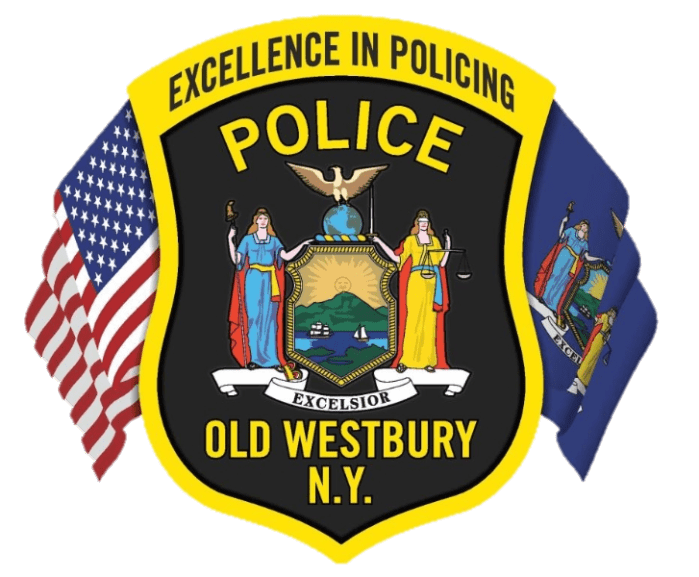The Village of Flower Hill sits at the southern-most tip of Port Washington. Unlike the other villages on the peninsula that share a single school district and zip code, Flower Hill residents are split among three school districts (Port Washington, Roslyn and Manhasset), three zip codes, three fire departments and three water districts.
Yet, Flower Hill’s mayor Elaine Phillips does not believe that the split in services makes for a challenge in civic life.
“The things that unite us as a village are the services that affect people’s lives in the most basic way, the 23 miles of roads we maintain, snow removal, garbage pick up, parks, zoning and land use,” she said.
This practical and optimistic outlook characterizes Phillips’ approach to civic life.
The mayor’s interest in public service goes back to her undergraduate days when she majored in political science. She then spent 24 years working on Wall Street. Even during her years in institutional sales at Goldman Sachs, Phillips found time to serve on a number of boards, including several at Penn State University, the Long Island Science Museum, the Buckley School and
the local Parents Association in Munsey Park.
“I feel fortunate to have achieved so much,” said Phillips. When she was a resident in Munsey Park and Mayor Harry Nicholaides approached her to finish the term of a retiring trustee, she accepted the appointment and served as a trustee until she and her husband Andy and their three daughters moved to Flower Hill six years ago.
Phillips is now serving her second term as mayor. She said her family’s desire for more land is the same thing that draws many people to the village. “There aren’t many places around as centrally located, with great schools and where you can still purchase large parcels of land.”
Six months after Phillips took office, Hurricane Sandy hit. Most areas in the village were without power for 14 days. She said it was a great learning experience.
Phillips told Anton MediaGroup that she loves the village because of its unique qualities. In addition to palatial homes on one-and-a-half acre lots that feel almost rural, there is more affordable housing on quarter-acre lots, some apartment complexes, some commercial property and St. Francis Hospital. This mix is unusual in most local villages.
When asked about the future of the village, Phillips pointed out that, “since we are one of the few villages on the peninsula with the availability of large parcels of land, we are seeing tremendous turnover in the real estate market.” People are buying existing homes and knocking them down and replacing them with larger homes, she stated. This provides a steady stream of income to the village in the form of building permits.
St. Francis Hospital is continually building. Its permit fees, as well as substantial payment in lieu of taxes (PILOT), also adds to the village’s bottom line.
“I am proud to say we have not had to raise taxes in five years, yet we have added a basketball court, which is busy every day and we are looking at the feasibility of a pedestrian walkway along Stoneytown Road,” she said.
The village continues to study traffic safety and implement safety initiatives. It has been working with the State Department of Transportation and the speed limit on Port Washington Boulevard has been lowered to 40 miles per hour from 45. The state has also implemented a traffic study for the intersection of Port Washington Boulevard and Middle Neck Road.
The village has embraced the “Drive Like Your Kids Live Here” campaign, posting signs all over the village.
Phillips is very proud that the village has been named Tree City USA by the national Arbor Day Committee, largely as a result of its tree giveaway program post Sandy. The village has given away approximately 75 trees to local residents, with the only stipulation that the trees be planted on village right of ways.
Looking ahead, the mayor and trustees are formulating a long-term strategic plan to establish a sense of community throughout Flower Hill. “
Since we don’t have a town at our center, and our children don’t all attend the same schools, we are looking at other options to foster a sense of community,” said Phillips































